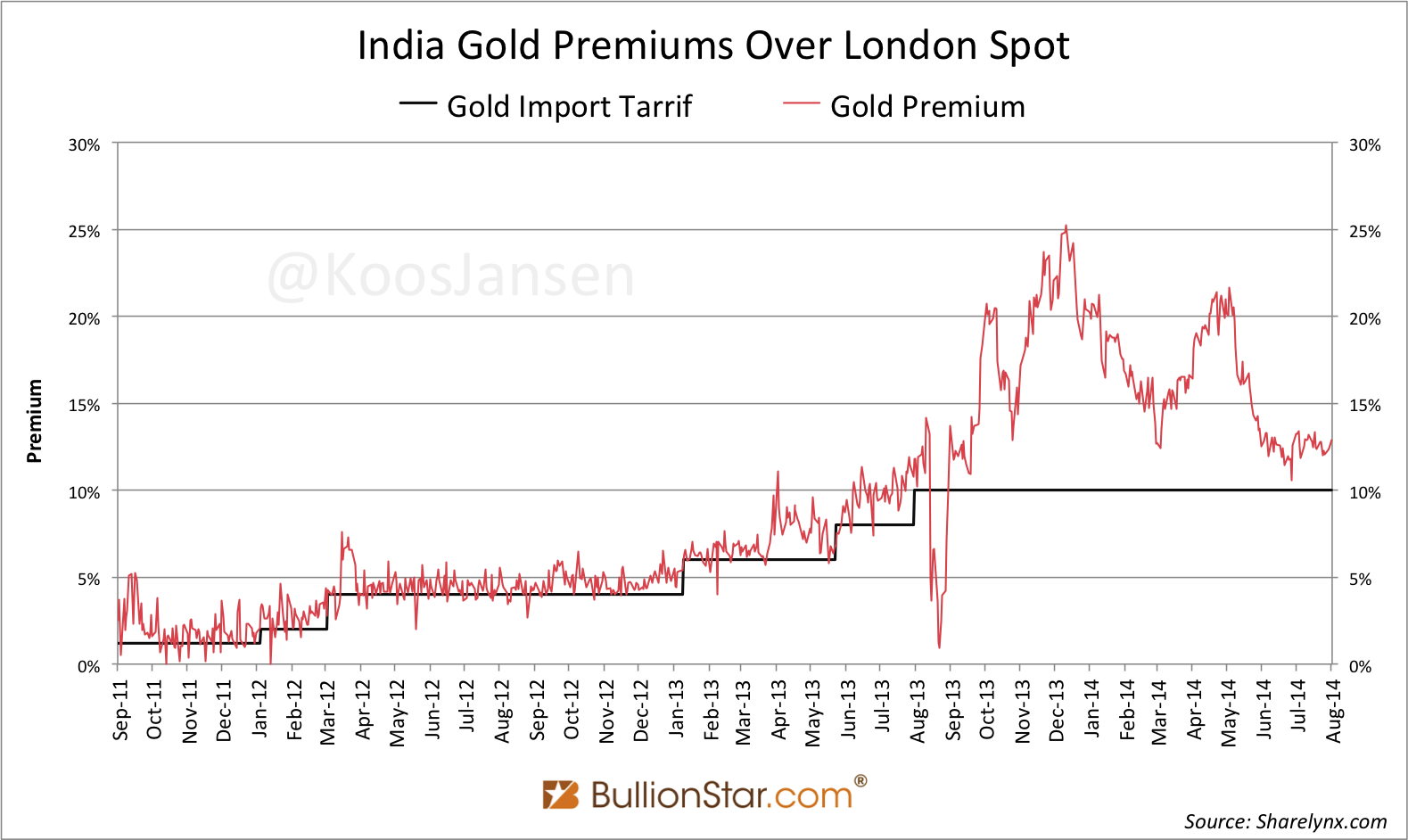
Nowadays central bankers sporadically tell us about the true function of gold in the international monetary system. This is only logic if one realizes they (/the US) preferred to minimize the role of gold, in the hopes the fiat standard would provide them maximum flexibility to manage the monetary system. Jelle Zijlstra, president of the central bank of the Netherlands from 1967 to 1982, wrote in his autobiography of 1992:
Gold as the monetary cosmos’ sun.
To analyze gold’s gravity in its ultimate role as the sun in our monetary system I try to be acquainted with all the planets in orbit, black holes nearby and comets crossing the solar system. For example: foreign exchange markets, inflation, quantitative easing, too big to fail banks, derivatives, oil, geo-politics, the media, technical analysis, commodities and silver. I certainly do not pretend to be an expert in all fields (the cosmos), but to make a long story short; while always attributing more importance to gold I recently decided to pay more attention to the global silver market. Few events happen in isolation these days and I did some interesting findings with regard to the silver market worth digging into. In this post we’ll be examining some data from India.
Silver Because of the pressure on the current account deficit the Central Board of Excise and Customs of the Indian Government, raised the gold import duty in January 2013 from 4% to 6 %, in June to 8 % and in August to 10 %. The silver import duty was raised in January 2012 from 1,500 Rs/Kg to 6 % of the silver price and in August 2013 to 10 %. Since the import duties, or tariffs, were raised, the price of gold in India developed a higher premium (excluding the import duty) than silver, as can be seen in the charts below.
This post was published at Bullion Star on 21-08-2014

 Follow on Twitter
Follow on Twitter
Recent Comments